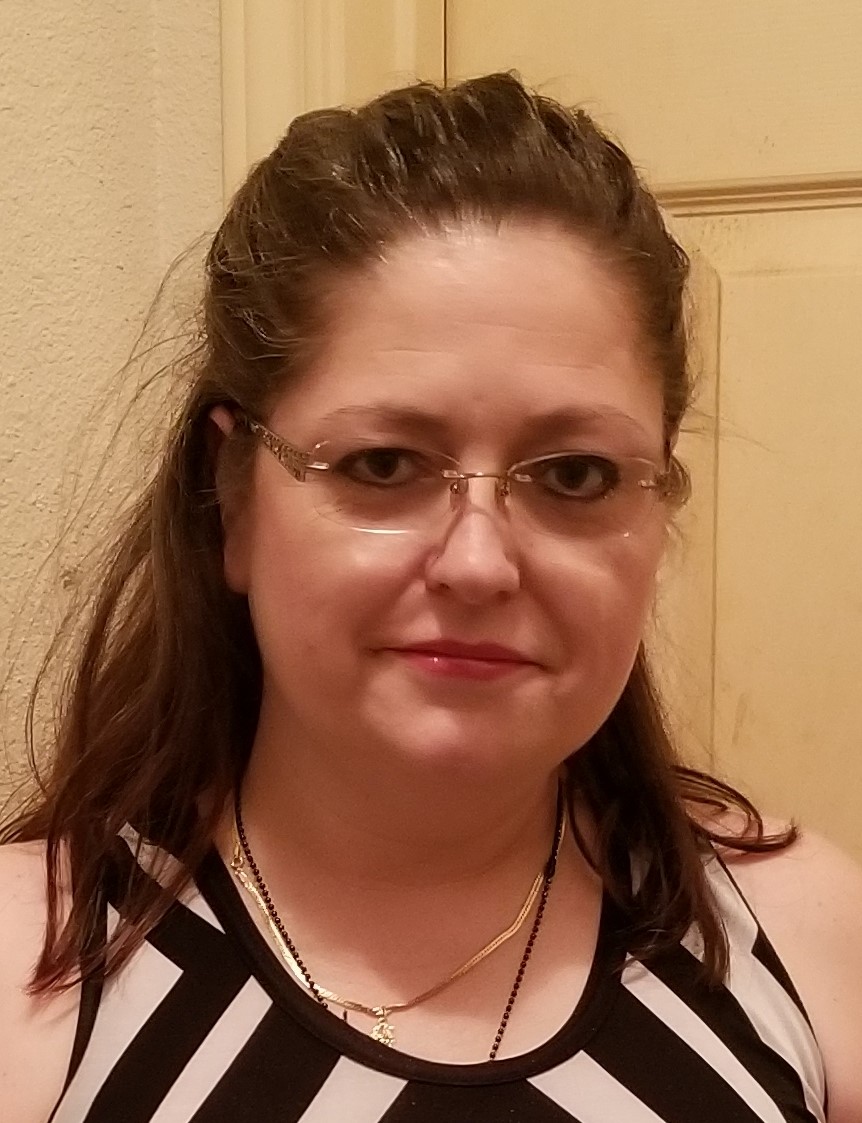The War on Drugs Is a War Against People in Pain
/By Liz Ott, Guest Columnist
First, I want to say that I absolutely love my pain management doctor. He's an extremely well trained and respected doctor who really cares about his patients. I can always tell when it's not good news for me when he walks into the exam room, because it visibly hurts him to be unable to help his patients.
I have fibromyalgia, arthritis everywhere, torn and bulging cervical vertebrae, and had a total replacement of my left knee. I haven't done the right knee yet, which I'm afraid to even think about.
Earlier this year my doctor explained that he was required to reduce my pain medications. I was shocked. He explained that new opioid prescribing guidelines were requiring patients to be reduced across the board, regardless of their condition. My pain medication was cut by a third and I wasn't happy about it at all. Especially when I've signed a pain contract, never went to any other doctors seeking meds, followed their procedures, taken drug tests, etc.
Since the weather was warm, I figured I had time to adjust to the lower dose before it started getting colder. Little did I know, this was only the beginning.
A few months later, the doctor had the same face and the same news. I had to be reduced again. Now I'm only getting about half the Percocet and morphine I was getting before. I could barely manage my pain in cold rainy weather even with the old doses.
I've gone from being a mostly well-managed pain patient to a woman living with the very real fear of one day going in and being told that I am not going to get any pain meds. Just take some aspirin and deal with it.
In addition to the two opiates, I also take gabapentin, a muscle relaxer and Celebrex to offset the reduction in opioids. They don’t work!
LIZ OTT
I have done nothing wrong, yet I'm being treated as an addict or criminal. I’ve been seeing the same pain management specialist since 2011. They know me. I don't abuse my meds, I take them as instructed and never had anything wrong with my drug screens. And yet I'm still being punished.
I've been out of work since 2017 and just got my medical retirement approved. I wasn't able to work even at my old dose. There have been emotional issues to contend with as well, like the sudden death of my husband.
Why are politicians making healthcare decisions for patients? Don't they know that this is going to cause the exact problem that they're trying to avoid? People who have been at the same doses for years who are suddenly not getting what they need will be desperate. They're going to resort to dangerous street drugs mixed with who knows what. Or risk breaking the law and use cannabis. They have no choice.
Yes, there is an opiate epidemic. I don't disagree with that. But chronic pain patients are being treated as addicts. They're being mandated into forced reduction by politicians, not doctors.
This must be dealt with another way or the statisticians will have another number to deal with: Suicides by pain patients who are unable to get relief. We would never limit insulin to a diabetic or heart medications to someone with heart disease. But it’s okay to keep cutting pain medications because they’re dangerous?
The black market street drugs have not been reduced at all. Just the legally prescribed pain meds. The war on drugs isn't against the illegal side. The real war is against people in pain.
Liz Ott lives in Texas.
Pain News Network invites other readers to share their stories with us. Send them to editor@painnewsnetwork.org.
The information in this column should not be considered as professional medical advice, diagnosis or treatment. It is for informational purposes only and represents the author’s opinions alone. It does not inherently express or reflect the views, opinions and/or positions of Pain News Network.


































